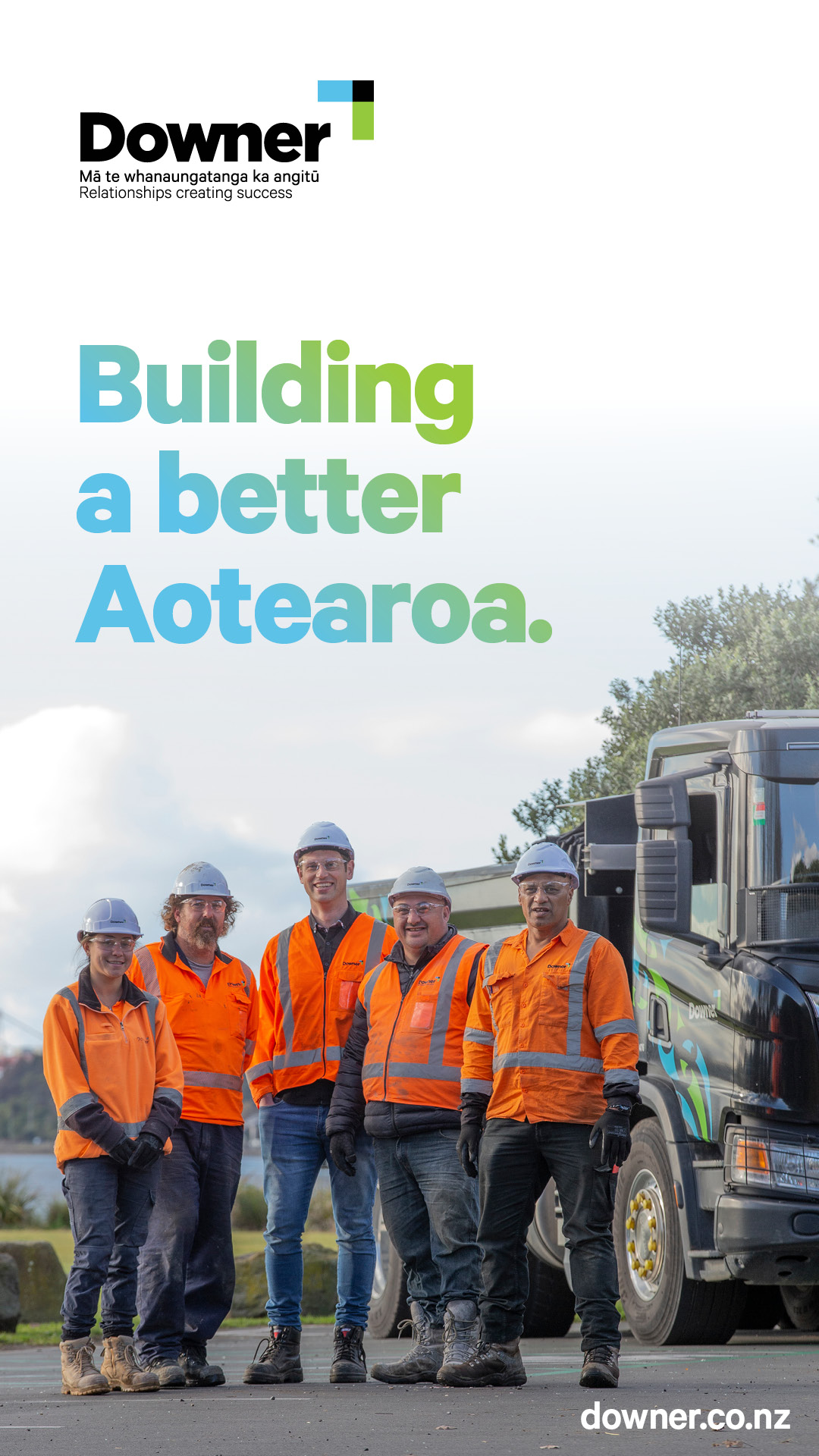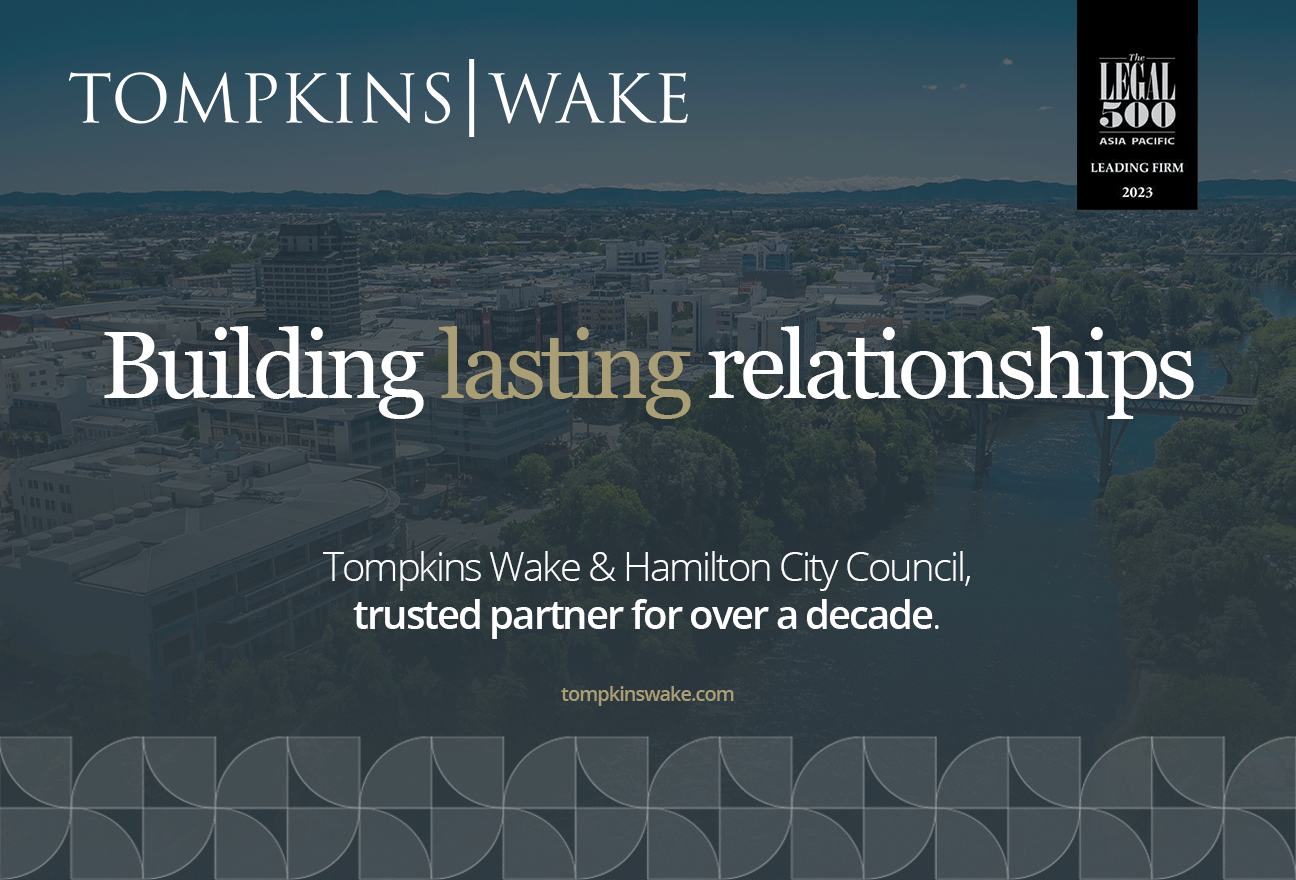Some cities are destined to become metropolitan. In these cases, there’s usually a natural reason – a harbor, fresh water, resources or a combination thereof – that seals their fate as populous hubs.
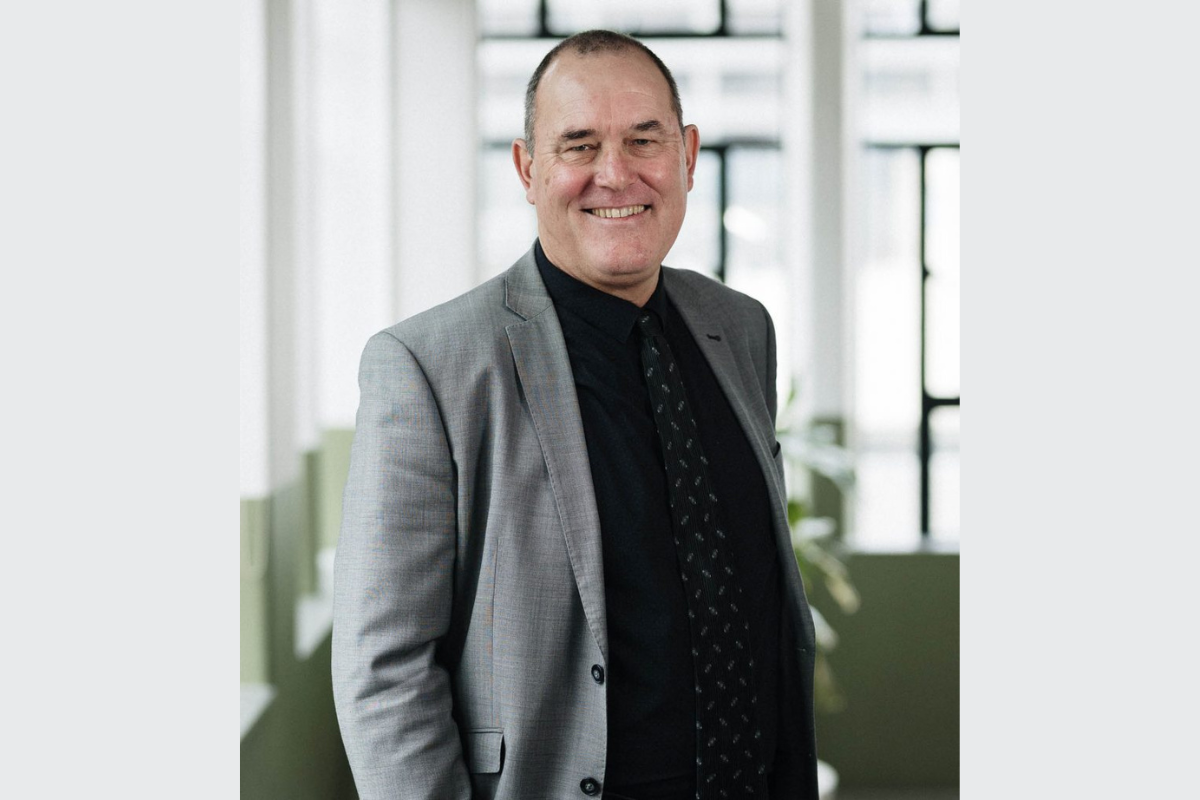
Other cities find themselves at a crossroads: behind them, origins steeped at best in convenience or, at worst, desperation; ahead, a future of growth and improvement – or urban decay. The vehicle out of this limbo is an effective and considered long-term vision, something Lance Vervoort, Chief Executive of Hamilton City Council, understands implicitly.
“What we’ve done over the last decade is take a longer-term view of what we want the city to be and where it’s heading,” he says. “Rather than a three-year or even a 10-year plan, we’ve looked ahead to what’s on the horizon in 20, 30, 50 years.”
Located by the Waikato River on New Zealand’s North Island, Hamilton has its origins in agriculture. This has brought a steady stream of settlers to the region, long before even Europeans arrived, and today Hamilton is New Zealand’s fourth-most populous city.

Questions of identity
With a population just shy of 180,000 people, however, Vervoort says he and his team have wrestled with a question that presents itself to councils of similarly sized cities around the world.
“Do we want to be an average-sized provincial city that looks after a hinterland, or do we want to be a major metro, which is growing and becoming even more cosmopolitan in its flavor?”
The answer has come not just from Council, but every sector of the Hamilton family community.
“People want Hamilton to push forward and be this modern city, and really, it’s a family friendly city,” Vervoort says.
How that happens is down to the work Council is doing in partnership with the community, other councils in central government and the Waikato-Tainui iwi (the local Māori people) to unlock Hamilton’s potential as a wonderful place for families to live.
“We’ve got strong links to our rural farming community,” Vervoort says. “Dairy farming is big in the Waikato region around Hamilton, but we also have a big agritech industry, logistics, electronics, manufacturing, tertiary education and other innovative businesses. It’s a broad horizon.”
Planned growth
Growth is already happening, but Vervoort says it hasn’t taken the traditional path.
“Up until about 10 years ago, the suburbs would spread out from the city,” he says. “Now, 56 percent of our growth has been infill, so we’re working with our partners to make available affordable homes and the kind of infrastructure a nice, compact city needs.”
Already the partnership with the commercial arm of Waikato-Tainui has led to the opening of new logistics and manufacturing hubs at an inland “port”.
“That was massive,” Vervoort says. “It’s going to get a lot of primary produce and industry freight from the central North Island into Hamilton and then to the ports of Tauranga or Auckland.”
Hamilton is about a 90-minute drive south of Auckland, New Zealand’s largest city, a proximity which has presented the smaller city with challenges of its own.
“After the COVID-19 pandemic, a lot of people started to look more to the provincial metro cities,” he says. “So the growth trajectory has sped up slightly.”
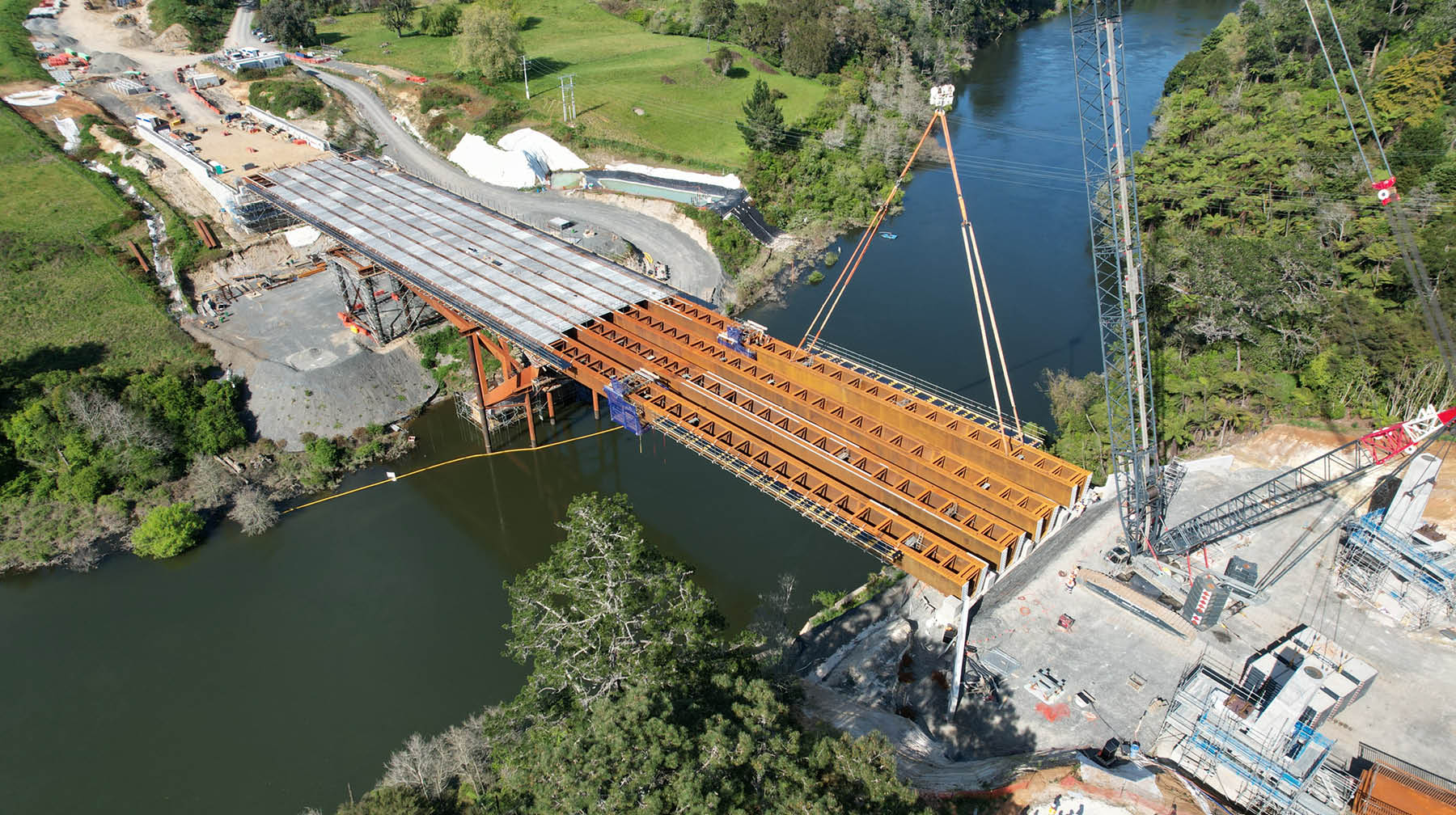
After the COVID-19 pandemic, a lot of people started to look more to the provincial metro cities.
To compensate and to address the nationwide housing crisis, Hamilton City Council has worked to open an entirely new suburb south of the city.
“It’s called Peacocke, and over the next eight years it’s going to have up to 4,000 new homes,” he says. “We’ve worked to design the suburb to be livable, sustainable, to address climate change matters and hopefully be the model for what green field suburbs should look like in the future.”
A government grant has also helped to rejuvenate Hamilton’s CBD, starting with water infrastructure.
“We have the Waikato River, New Zealand’s longest and largest, flowing through the middle of the city,” Vervoort says. “So we’re putting in new water reservoir pipes that will help provide water and take away wastewater. Together with our transportation upgrades, the side of the CBD that faces the river will hopefully see more intensified development.”
Cultural attractions
Add to that a new regional theater to support the city’s arts and culture scene, additions to the Hamilton Zoo (New Zealand’s largest) and a new Pasifika people’s hub, and Hamilton City Council is ticking boxes across the spectrum.
The hub, a traditional Pacific fale tele (big house) design, is a particular point of pride for Council.
“It’s probably the first of its kind in New Zealand,” Vervoort says. “About 12 percent of our population are people from the Pacific Islands, so this hub will provide the CBD with a real focal point. It holds over 300 people, it has a health facility, an early childhood center and a village green area.”
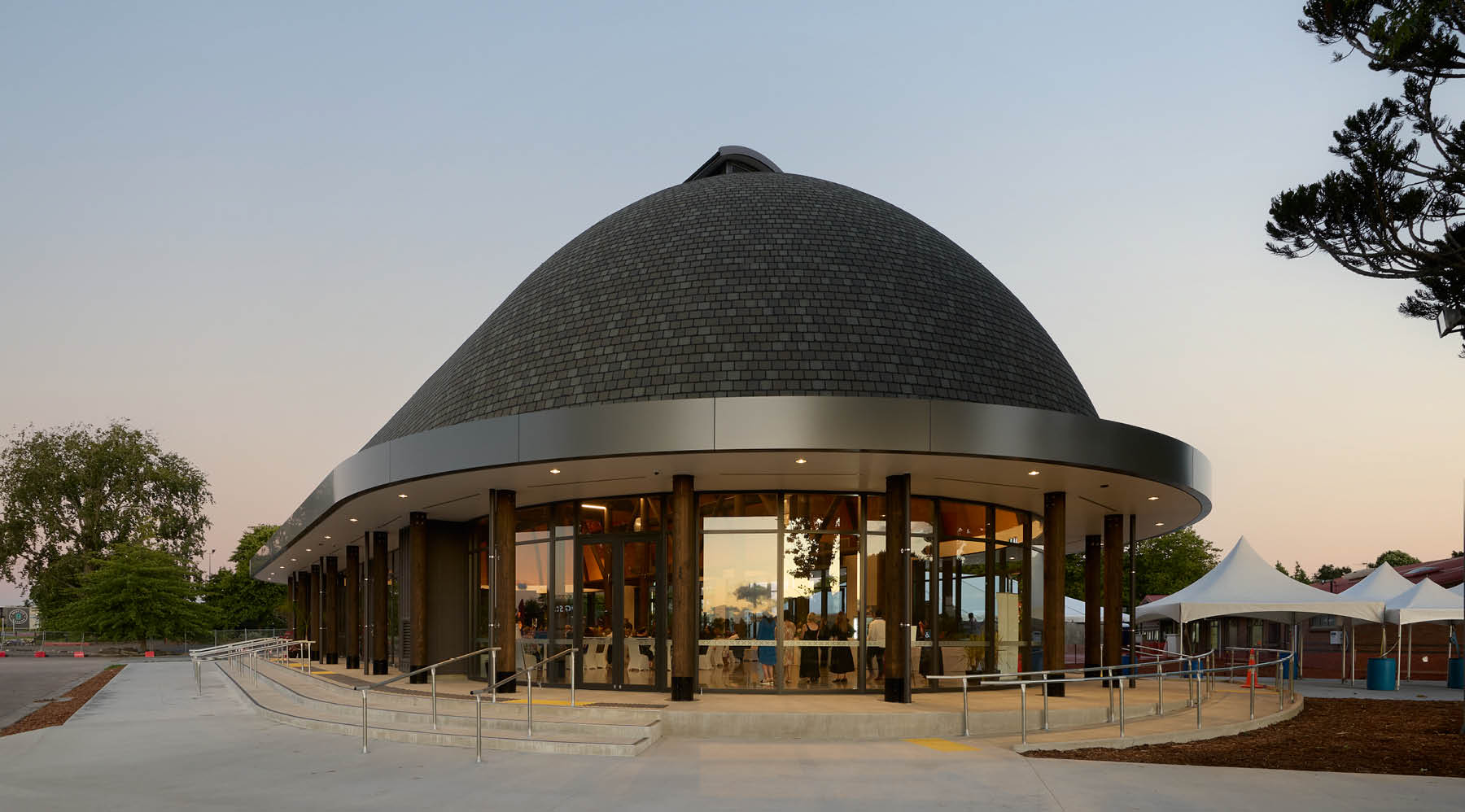
When I became Chief Executive, I wanted to refresh our purpose, our mission and our vision.
The hub is situated across the road from Hamilton’s major football stadium, adding to the city’s vibrancy.
“And at the zoo, we’re looking at putting in overnight accommodation so people can have nocturnal experiences with the animals,” Vervoort adds. “Across the road we have a natural heritage park, so there’s exotic fauna on one side of the road and native flora and fauna on the other side.”
That’s in addition to the Hamilton Gardens, one of the city’s top draws. “We get around 1.5 million people visiting the Gardens per year,” he says.
Far from a traditional botanic garden, Hamilton Gardens is a series of set pieces, which showcase the history of garden design throughout civilization. “We have an Egyptian garden from 2,000 years ago, a Chinese scholar’s garden from 800 years ago, a Japanese contemplation garden; it’s a real point of difference.”
And that’s something at which Hamilton excels, not only in geography and attractions, but Council’s approach to its work.
“We’re quite values-based,” Vervoort says. “When I became Chief Executive, I wanted to refresh our purpose, our mission and our vision. You need real clarity around those elements in order to realize them effectively.”
To that end, the purpose is clear: to improve the wellbeing of Hamiltonians. The mission is to be the leading community focused council going forward. And the vision – to unlock Hamilton’s potential and make it the best place to live – is already underway.
“We looked at whether the things that make our organization unique will help us deliver on that direction,” Vervoort says. “You can have your standard values of honesty, integrity and trust, but values we believe are unique to us are adaptability, simplicity and inclusiveness.”
Thriving with diversity
In a world of increasing uncertainty, being able to anticipate and innovate to meet daily challenges is key to surviving and thriving, he says, while looking after each other is part and parcel of being as tight-knit a community as Hamilton.
“We have a saying: ‘Everyone matters’,” Vervoort says. “We’ve been through difficult times, but our diversity has helped carry us through.”
There’s courage, which Vervoort says is integral to realizing ambitions as lofty as a 50-year horizon. “You have to have the courage to reach further and be bold, to make the hard decisions.”
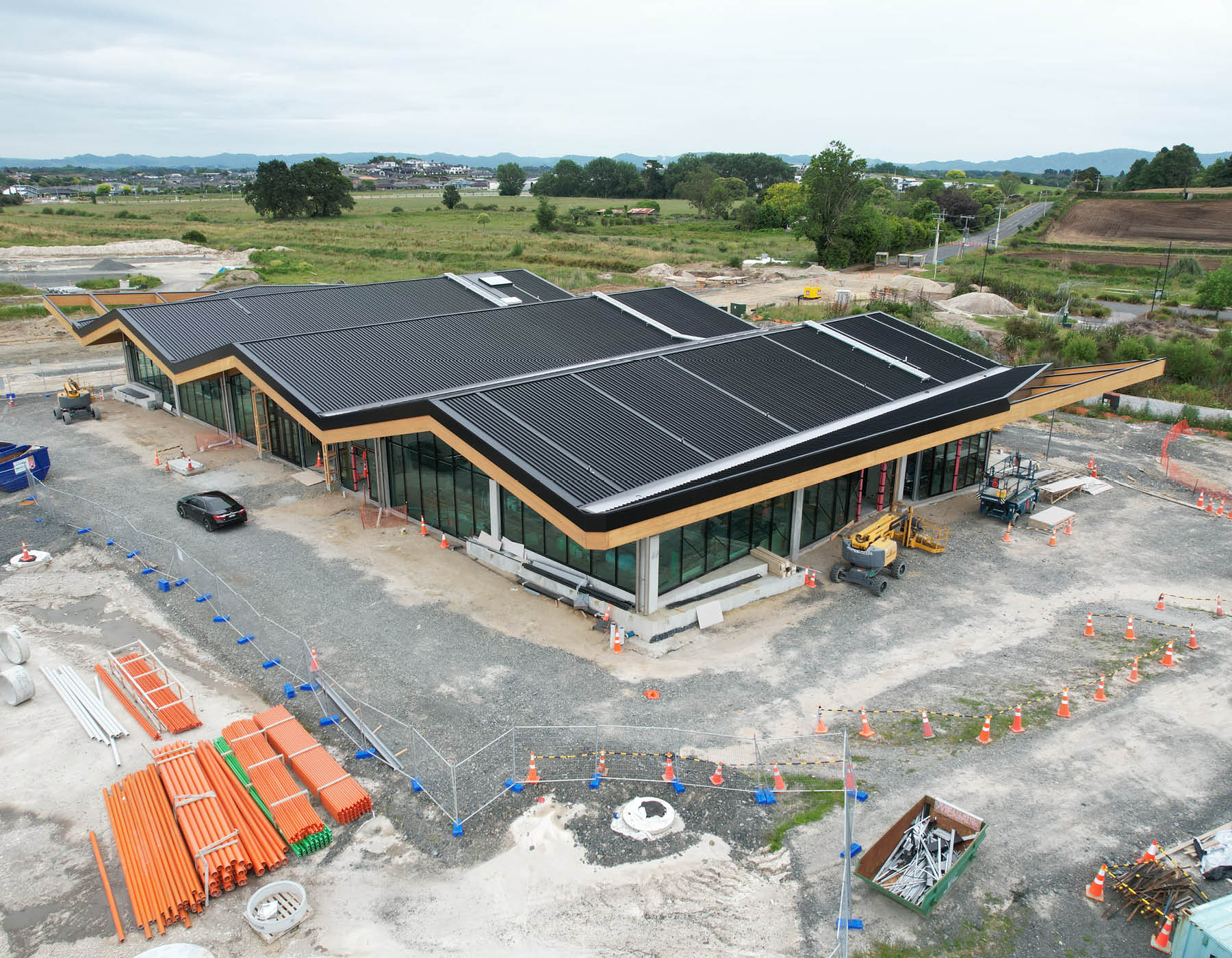
We’ve been through difficult times, but our diversity has helped carry us through.
Finally there’s guardianship, the oft-forgotten foundation of any city council, but a task Hamilton’s custodians take very seriously. “We believe Council needs to champion Hamilton’s long-term interests because not all organizations will do that,” he says.
When Vervoort first joined Hamilton City Council in 2010, it was in the role of Parks and Gardens Manager. Over time, his approach to management was refined and sharpened into leadership, which is how he works today.
“There’s a lot of management in local government, but you actually need good leadership,” he says. “It’s about inspiring, empowering, innovating as well as encouraging and acknowledging people for what they do. The only way we can make Hamilton the best it can be is by working with others in a collaborative, positive way.”

